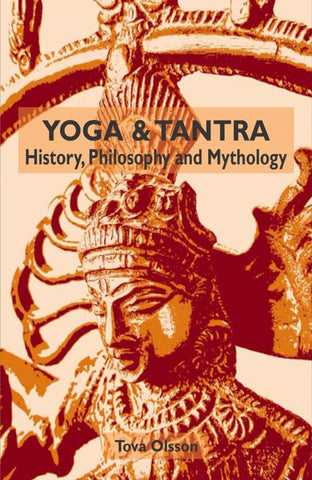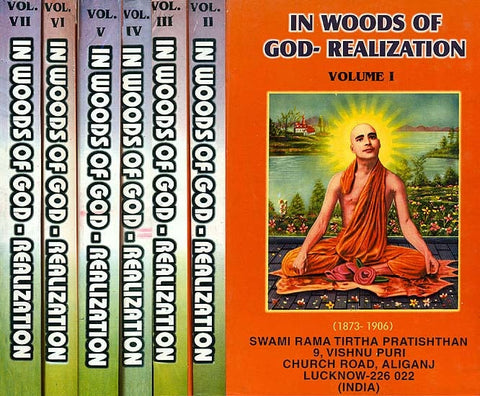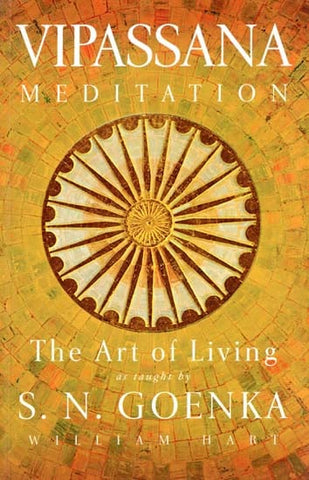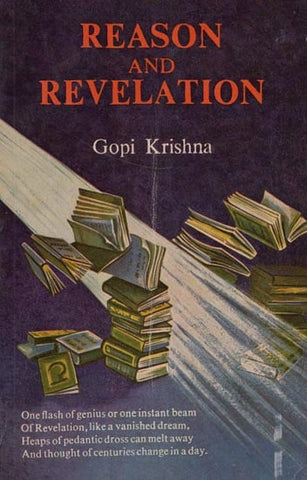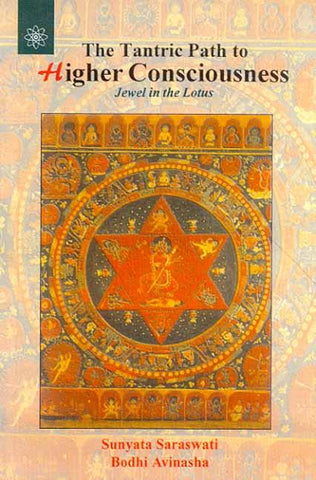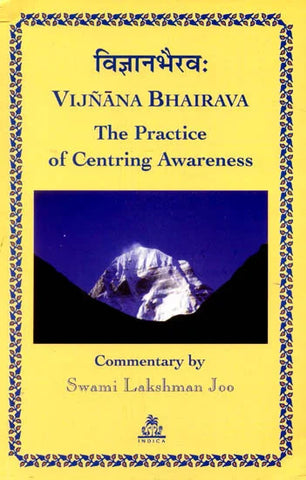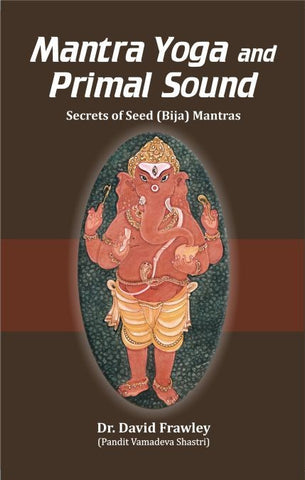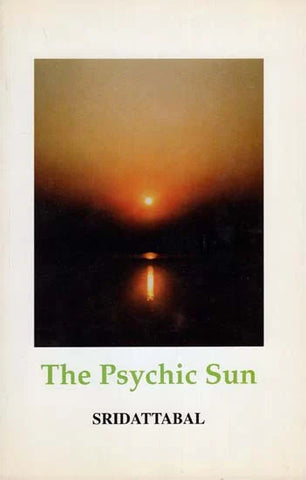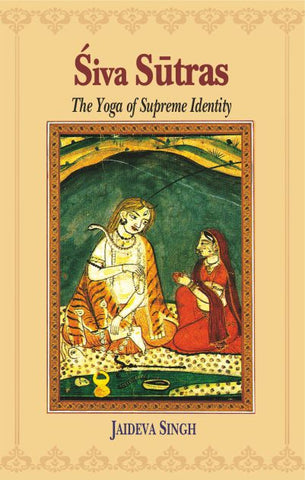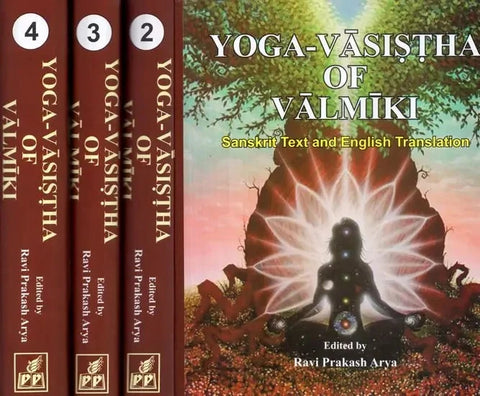Your cart is empty now.
Ashtanga Yoga integrates Ashtanga Vinyasa Yoga and the Yoga Sutra of Patanjali as an organic whole, presenting them as two sides of one coin. It also shows how the eight limbs are practised within the Ashtanga Vinyasa system.
An extensive explanation of the fundamental techniques of breath, bandhas and drishti is followed by a detailed and comprehensive study of each posture of the Primary Series, following the traditional Vinyasa count. This is complemented by clear and informative anatomical illustrations and descriptions. Additional information on the mythological background and yogic context of specific postures enhance and bring further insight to the practice. Practical tips are also offered.
In the final section of the book, a lively, authentic and practical rendering of the Yoga Sutra, for which the major ancient commentaries have been consulted, lucidly describes the entire path of Ashtanga Yoga and presents it as a realistic path for modern practitioners.
Review(s)
"Gregor Maehle's Ashtanga Yoga weaves philosophy and integrated knowledge of anatomy into our yoga practice to keep us centred in the heart of a profound tradition." - Richard Freeman.
"A much-needed new tool for practising yoga with greater safety in the physical form and with much greater depth in the inner form of the practice. A valuable contribution to the evolving understanding of this profound system and method of yoga." - Chuck Miller.
About the Author(s)
A student of history, philosophy and comparative religion, Gregor Maehle undertook yearly trips to India from 1984 to study yoga, meditation and philosophy with various masters. Meanwhile, he gained anatomical understanding by completing the requirements for a German health practitioner (Heilpraktiker) licence. Since 1990 Ashtanga Yoga has been his main form of yoga practice. His passion is the study of Sanskrit. The author is co-founder and director of 8limbs Ashtanga Yoga in Perth, Australia.
In the year 3102 BCE, the emperor Yudishthira stepped down and awaited the death of Krishna and the beginning of the dark age (Kali Yuga). Due to the increasing materialism and corruption of that age, the ancient sages (rishis) retreated into the recesses of the Himalayas. However, as Vedic teacher David Frawley has pointed out, the rishis have not disappeared entirely: they are observing mankind from a distance. It depends on us whether it will become possible for them to return and with them much of the knowledge, wisdom and intelligence of humankind. Through our combined efforts we must try to usher in a new golden age (Satya Yuga). This book is an attempt to bring about a renaissance of ancient dharma and to play a part in restoring yoga to the glory it once was. May all beings experience that which is auspicious.
INTRODUCTION During a study trip to the Ashtanga Yoga Research Institute in Mysore in 1996, I asked the Ashtanga master K. Pattabhi Jois about the relevance of - different scriptures for the Ashtanga Vinyasa method. With the words 'This is Patanjali Yoga', he pointed out that the text of prime importance for this school was the Yoga Sutra compiled by the ancient seer Patanjali. He said it was a difficult text, and only sincere study could lead to an understanding. He urged me to undertake a daily study of the Yoga Sutra for a long time. The combination of these studies with daily Ashtanga Vinyasa practice led me eventually to realise that the Yoga Sutra and the Vinyasa method are really only two sides of the same coin. That is the central theme of this book. For yoga practice to be successful, there can be no separation of practice and philosophy. Indeed, new approaches to practice have always come out of philosophy, while practice prepares the intellect for philosophy. In fact, the Yoga Sutra suggests that philosophical enquiry — svadhyaya, or vichara as Shankara calls it —is itself a form of practice and an essential ingredient of the path to freedom. This book is dedicated to bringing the two aspects back together and to restoring what historically was one system, lost through the lapse of time.
The Rediscovery of the Ashtanga Vinyasa System The notion that the Yoga Sutra and the vinyasa system are two sides of one coin has been strongly present from the beginning of the modern-day Ashtanga Yoga lineage. K.P. Jois received the vinyasa method from his master, T. Krishnamacharya; Krishnamacharya's own master, Ramamohan Brahmachary, instructed him to seek out what was understood to be the last remaining copy of an elusive scripture, the Yoga Korunta, thought to have been compiled by the ancient seer Vamana.
According to Krishnamacharya's biography,' the Yoga Korunta contained not only the vinyasa system but also the Yoga Sutra of Patanjali and its commentary, Yoga Bhasya, compiled by the Rishi Vyasa. These were bound together in one volume. We can see from this that, in ancient times, what are today regarded as two systems that only share the same name — namely the Ashtanga Yoga of Patanjali and the Ashtanga Vinyasa Yoga of the Rishi Vamana —were in fact one. We see here also the idea that yogic philosophy is taught together with practice. The practice of asana (posture) alone poses a danger. According to K.P. Jois, 'Partial yoga methods out of line with their internal purpose can build up the "six enemies" (desire, anger, greed, illusion, infatuation and envy) around the heart. The full Ashtanga system practised with devotion leads to freedom within one's heart." Today, however, we are in a situation where on the one hand there are scholars who try to understand the Yoga Sutra without knowing its practices, while on the other hand, there are many Ashtanga Vinyasa practitioners who are established in practice but do not know the philosophy of their system. Both aspects practised together will make practice easy because we know where it leads and how we get there Without dedicated practice, philosophy can turn into mere theory. Once established in practice, we will swiftly internalise the philosophy and attain higher yoga.
The relevance of Ashtanga Yoga today I do not claim here that Vinyasa Yoga is the only form of Patanjali Yoga. That would be absurd. It is, however, one of the authentic representations of Patanjali's sutra that is still alive. 1. Krishnamacharya the Purnacharya, Krishnamacharya Yoga Mandiram, Chennai. 2. The Yoga Journal, San Francisco, November /December 1995.
Delivery and Shipping Policy
- INTERNATIONAL SHIPPING
- Rs.1000-1100/kg
- ESTD. Delivery Time: 2-3 weeks (depending on location)
- Bubble Wrapped with Extra Padding
- NATIONAL SHIPPING
- NCR: Rs. 30/half kg
- Standard: Rs. 80/half kg
- Express shipments also available on Request
- ESTD. Delivery Time: Ranging from 1-4 days up to 7 business days (Depending on your choice of Delivery)
- TRACKING
- All orders; national or international, will be provided with a Tracking ID to check the status of their respective orders
- Depending on the Shipping Service, Tracking ID may be used on their respective tracking portals


